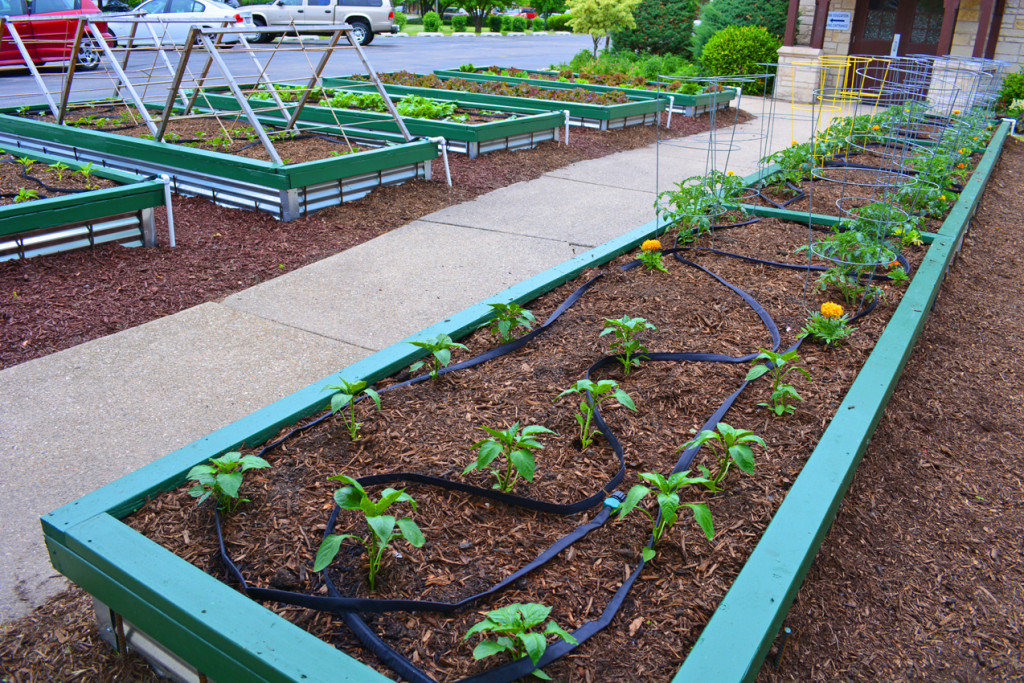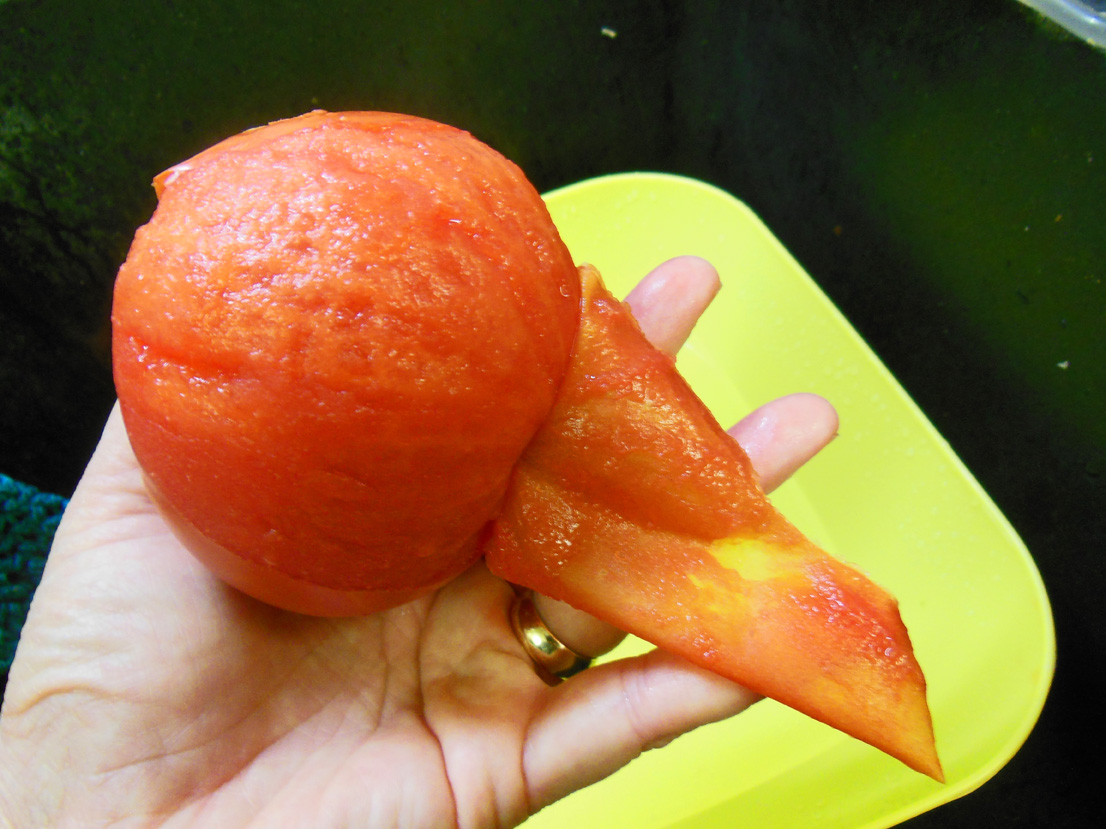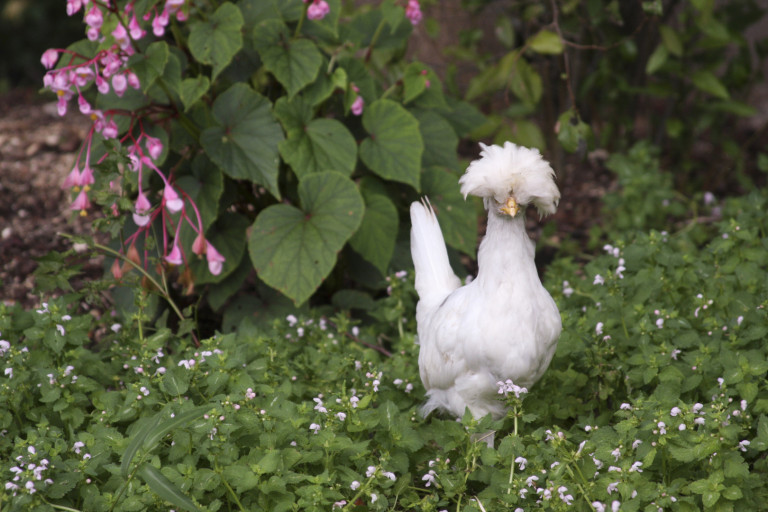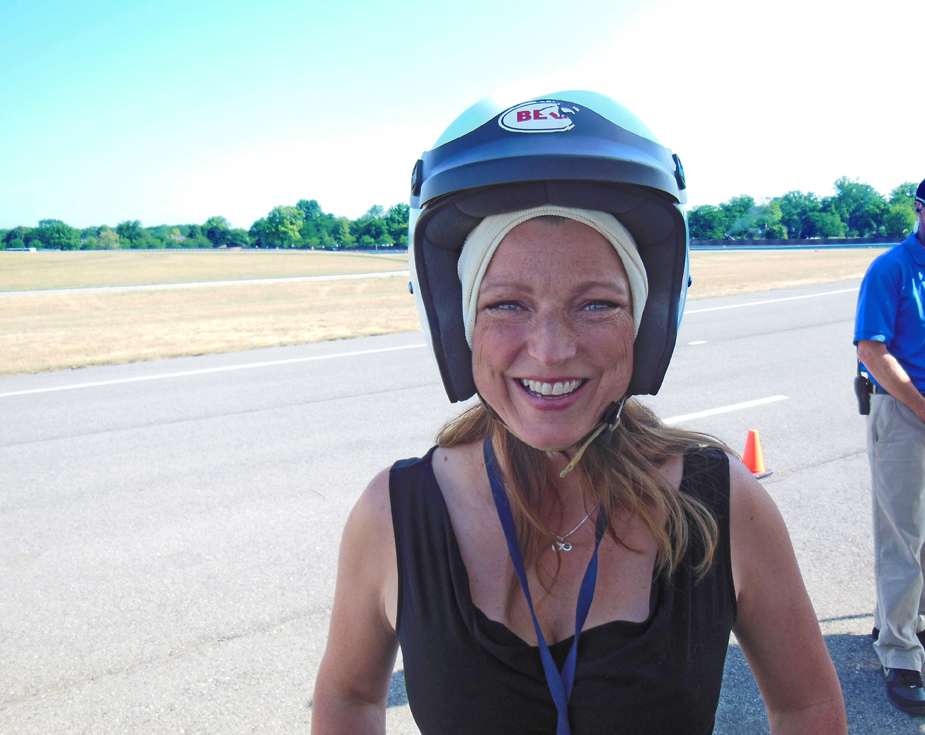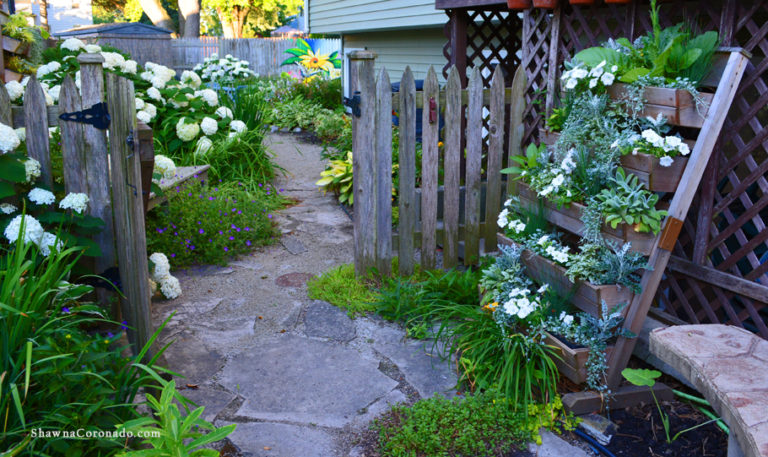Vegetable Garden at Church
Churches, synagogues, mosques, temples, and houses of worship of every various sort; these are the places you will find miles and miles of grass. Grass is by far the largest cash crop in the United States, yet grass-that-you-mow-regularly is an unfriendly plant for the environment. It’s not the grass that’s the larger issue, it’s the mowing and the gasoline used for mowing and the fumes related to mowing. For example, there was 11,000 gallons of gas-product spilled by the Exxon Valdez in the ocean. Remember that? Yet American citizens spill approximately 17,000 gallons of gas every year in the process of mowing their lawns. So let’s get back to the churches, synagogues, temples, and houses of worship – imagine if these institutions planted a vegetable garden to feed their members instead of planting a crop that is bad for the environment. Millions of people might experience a garden for the first time and see the benefit of a sustainable and environmentally friendly community effort.
Growing a vegetable garden instead of grass is better for the environment, better for your community, and better for your family. It is MORE than a garden, isn’t it? It looks beautiful, reduces crime, encourages health, provides food to eat, and is built around the principle of social good. Churches, synagogues, mosques, temples, and houses of worship are also built on the conceptual idea of social good and community unity.
Here’s a fantastic book to help you learn how to grow a community garden by Lamanda Joy – Start a Community Garden: the Essential Handbook. Please go check it out if you need help.
I challenge you to be the person in your community who proposes a vegetable garden for your place of worship. Organize, help, and build a garden to make a difference!

